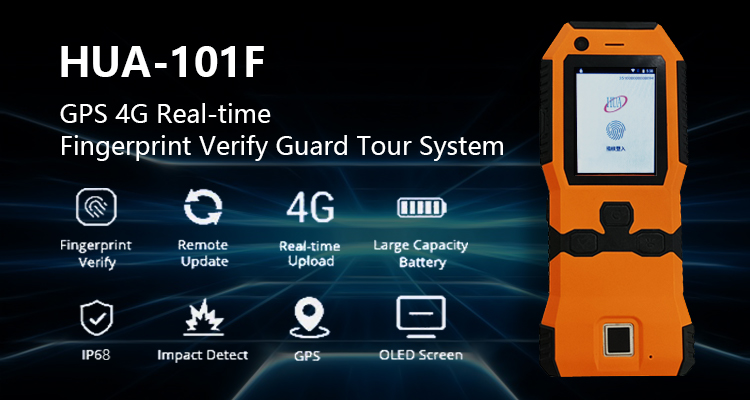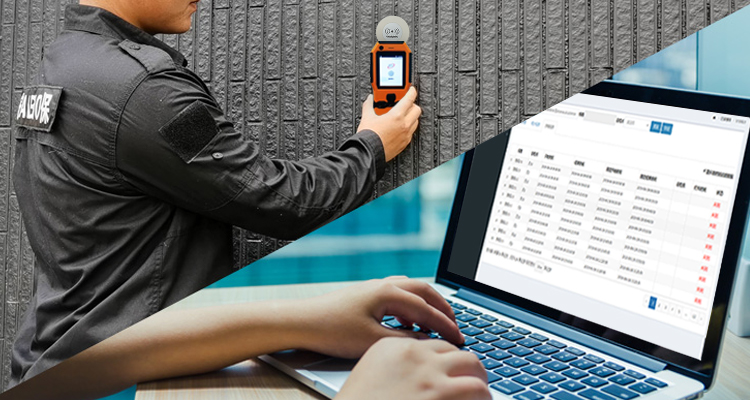

When it comes to security effectiveness, access control systems outperform traditional locks in every way. Mechanical locks remain vulnerable to picking, bumping, and unauthorized key duplication – risks that are particularly dangerous when master keys are used. Modern access control systems eliminate these vulnerabilities by incorporating advanced authentication methods, including access cards, RFID key fobs that can be instantly deactivated upon loss, biometric scanners that use fingerprint or facial recognition, and custom PINs that can be changed at any time. Perhaps most importantly, these systems maintain a detailed digital record of every access attempt, providing you with complete visibility into who enters and leaves your property and when —a level of oversight and accountability that traditional door locks can't match.
The static nature of traditional door locks creates huge operational limitations that access control systems can easily overcome. Mechanical locks require a person to be present to grant or revoke access, whereas modern systems enable administrators to manage permissions in real time from any connected device. At the same time, this also means that property managers can remotely approve visitor access, security teams can instantly lock facilities in an emergency, and system administrators can modify user permissions without needing to replace physical hardware. In addition, monitoring entry logs, receiving security alerts, and integrating with other intelligent systems through a centralized digital interface represent a significant leap in security management, rendering traditional lock-and-key systems obsolete in most commercial and institutional applications.

As security needs continue to grow, traditional locks are becoming less practical, and each new entry point requires additional keys, creating more potential security vulnerabilities. Access control systems address this issue with an inherently scalable architecture that enables a single control system to manage dozens or even hundreds of entry points simultaneously. Adding new users requires simple software operations, eliminating concerns about physical security issues. Facility managers can also grant temporary access to vendors or visitors, setting precise time limits. This scalable approach not only eliminates the expensive and disruptive rekeying that personnel changes or lost keys require but also helps growing businesses afford access control systems more easily.
One of the most notable limitations of traditional lock systems is the complete lack of access logging. Access control systems revolutionize security monitoring by maintaining a detailed digital audit trail that records every entry and exit attempt. This feature is crucial for security investigations, as it helps determine who has entered restricted areas, enables companies to meet stringent access log compliance requirements, and facilitates the tracking of employee activity in sensitive areas. It also generates customized access reports on demand, giving security managers unprecedented insight into facility access patterns and enabling data-driven security improvements that are not possible with mechanical locks.

While traditional locks may seem cheaper at first glance, their long-term operating costs can quickly exceed those of a gate access control system. The need to constantly replace and rekey keys whenever they are lost or staff changes occur creates recurring expenses and security vulnerabilities. Mechanical locks also lack the flexibility to easily modify access rights, and simple changes often require the services of an expensive locksmith. Modern access control systems eliminate these hidden costs by not only removing the reliance on physical keys but also reducing maintenance requirements through the use of reliable electronic components and, most importantly, preventing costly security breaches through superior protection.
A comparison of gate access control systems with traditional door locks reveals that modern electronic solutions have overwhelming advantages in every important security metric. From superior protection against unauthorized access to remote management capabilities, easy scalability, detailed activity monitoring, long-term cost savings, and seamless integration with other security technologies, access control systems outperform mechanical locks in areas that directly impact security effectiveness and operational efficiency.